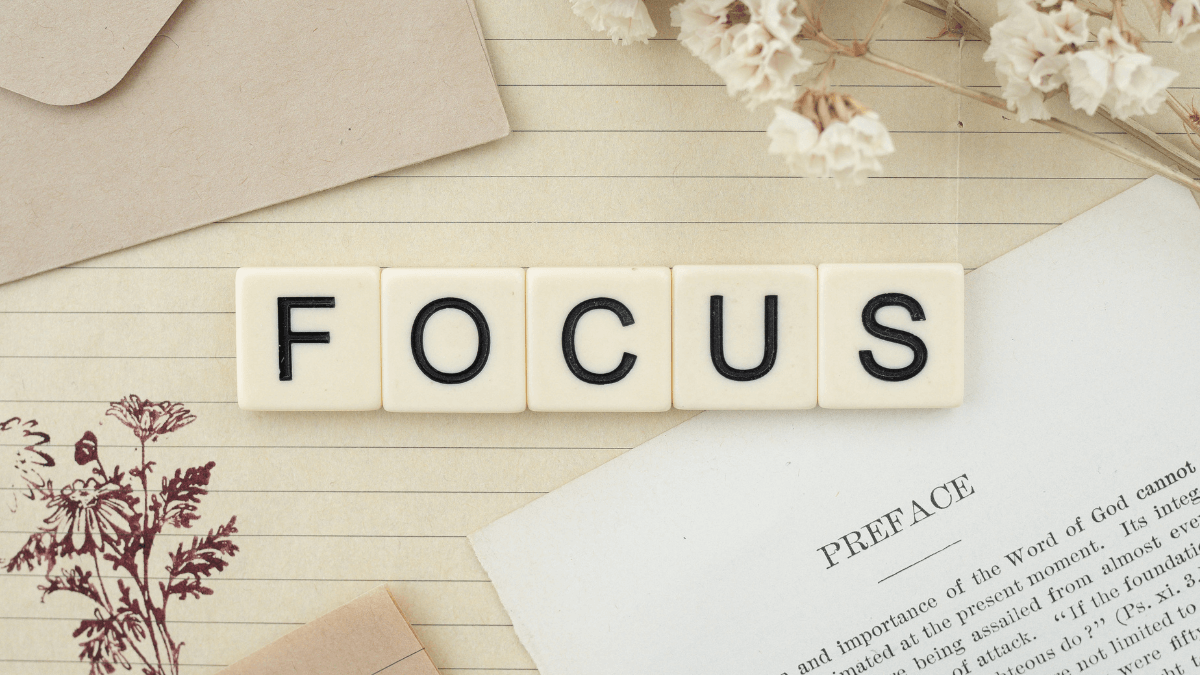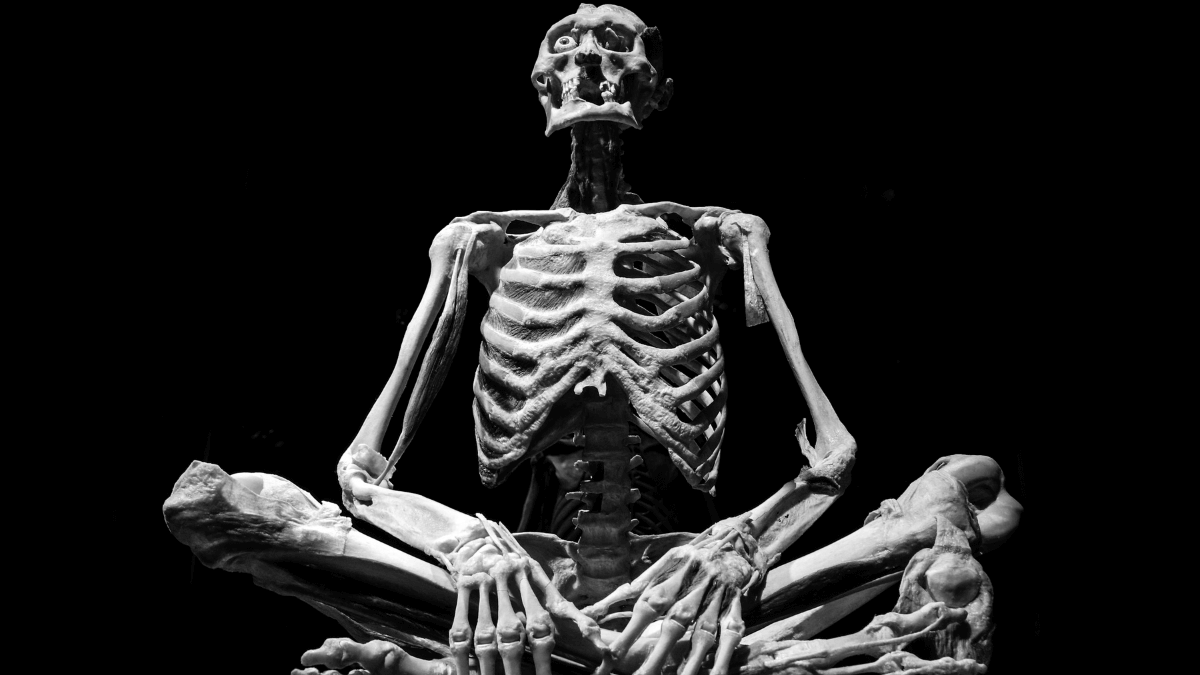Plants and Their Parts: In this blog, we’ll read about a plant system, types of plants, parts of a plant, the root system, functions of roots, the shoot system, function of stem, leaf and parts of a leaf, function of leaf, flower, parts of flower, function of flowers, pollination and fertilization.
A Plant System
A plant system has certain basic structures like roots, stems, branches, and leaves. Some plants have fruits while others have only seeds. Different plants have different parts. Plants cannot live without water, air, and food. Plants have life.
Types of Plants
Plants are the fundamental building blocks of life on earth. On the basis of size and kind of stem, plants can be classified as herbs, shrubs and trees and also as creepers and climbers.
1. Trees
Big plants are called trees. They live for many years. Every year they bear flowers, fruits and seeds. These have a single main stem which grows for some distance above the ground before giving out branches. Coconut, mango, banyan, neem, etc. are examples of trees.
2. Herbs
Herbs are small plants with a green soft stem. They do not grow more than three or four feet in height. Mustard, sunflower, petunia, pea, wheat, paddy and balsam are the examples of herbs.
3. Shrubs
Shrubs are medium sized plants with hard and woody stems. Many branches are seen rising just above the ground. China rose, rose, lemon, bougainvellea and heena (mehndi) are the examples of shrubs.
4. Creepers
The stem of those plants is so weak that they cannot stand erect. These plants are called climbers and creepers.
Plants with weak stems that cannot stand straight on their own and spread on the ground are called creepers. Plants like gourd, watermelon and mint are creepers.
5. Climbers
Plants with weak stems that take the support of wall or other plants to climb are called climbers. Plants like pea and money plant are climbers.
Parts of A Plant
A plant mainly consists of the root system and the shoot system.
1. The root system
The root system is the underground part of the plant. It fixes the soil. The root generally grows from the radical of the embryo of seeds. It grows towards moisture and gravity and away from the light. Root system of the plant comprises of two types of roots – tap roots and fibrous root.
Tap root:
When a seed germinates, a single root grows vertically down into the soil. It consists a single main primary root with lateral branches arising from it. The primary root is longer than its branches and grows vertically downward into the soil. For example: balsam, zinnia, etc.
Fibrous Root
In some plants like wheat, maize, sugarcane and banana, there is no main root. A number of roots arise in a cluster below the stem and spread out in the soil. Such roots are called fibrous roots.
Functions of Roots
1. Roots fix the plant to the soil and provide support.
2. Roots help in holding the soil together. Thus, preventing erosion or blowing away of the soil particles.
3. Roots absorb water and mineral salts from the soil which are then conducted upwards to the stem and leaves.
4. In some plants, roots are modified to perform additional functions of storage and respiration.
2. The Shoot System
a. The Stem
Stem forms the main axes of the plant body. Stem bears leaves, flowers buds and fruits. Stem grows towards light and away from gravity. It holds the plant upright. The stem is divided into nodes and internodes.
The place from where the branches and leaves arise on the stem is called the nodes. The portion of the stem between two nodes is called an internodes.
At the tip of the plant you will notice a bud. This is called an apical bud. The plant grows in height due to the growth in this bud region.
The leaves make an angle with the stem. This angle is known as the axil. Buds, known as axillary buds, are present in the axis. These give rise to the many branches of plant.
The stem of trees is called trunk. It is thick, woody, strong and brown. It is covered with protective covering called the bark. A young stem is green and soft.
Function of Stem
1. The stem of young plants are green and often perform photosynthesis to make food.
2. The stem bears the weight of the branches, leaves, flowers and fruits and is the main organ of support.
3. The stem conducts water and dissolved minerals salts from the roots to the leaves.
4. The stem also stores food.
5. The stem holds the leaves in such a way that they can be exposed to maximum sunlight for performing photosynthesis.
6. The stem also conducts food from the leaves to storage organs and to the growing parts of the plants.
Modifications of the Stem
1. Stems are modified to prepare food:
A cactus plant grows in deserts where there is very little water. To prevent loss of water from the surface of the leaves, these are modified to become spines.
It is the green stem in the cactus that perform all the functions performed by the leaves in other plants, including the preparation of food. The stem is fleshy and can store water for long period.
2. Stems are modified to store food:
In some plants, the stem grows undergroumd and stores food. These are the characteristics of stems. Therefore the underground part of the ginger is actually a modified stem. It stores food made by leaves.
The potato is also an underground stem. The eyes you can see on its surface are actually buds. The onion is also an underground stem that stores food.
3. Stems are modified to give support:
If you look carefully at the ground grapevine and passion flower plants. You will find that all of them have weak stems. You will also notice thin thread like structures on the stems. These are modifications of the stem and are known as stem tendrils.
As soon as the tendrils touch a rough surface, they coil around it. In this way, weak stems find support and go up.
b. Leaf
The leaf is a thin, broad structure arising from a stem or a branch. Leaves are always grown at a node. The entire set of leaves of a plant is known as the faliago. The leaves differ in shape and size.
Parts of a Leaf
1. Leaf base:
The end of the lamina joining the petiole is called the leaf base. The leaf remains attached to the stem by the leaf base.
2. Petiole:
It is the stalk by which the leaf lamina is attached to the main stem.
3. Lamina:
It is broad and expanded part of the leaf. It is well adopted to absorb sunlight and carbon dioxide for photosynthesis.
4. Leaf Apex and margin:
The tip of leaf is called leaf Apex and the side of the leaf is the leaf margin. It is different in different leaves.
5. Midrib and Veins:
The concentration of the stem into the leaf or lamina forms the midrib which branches into a network of veins that keep the leaf stiff and flat and prevent it from dropping.
The veins transport water and minerals to the leaf and take away food made by the leaves.
Leaves of some trees like that of mango, petunia and rose plant, the veins form a network. Such leaf venation is called reticulate venation.
In leaves of plants like grasses and banana, the veins are parallel to each other. Such venation is called parallel venation.
Arrangements of Leaves on a Stem
The leaves are arranged in various ways on the stem. The main aim is to expose all the leaves of the plant to obtain maximum sunlight and air. Three types of leaf arrangement are commonly noticed in plants. These are:
1. Whorled: More than two leaves arise at each node and are arranged in a whorl or circle. Examples: Oleander, asparagas.
2. Opposite: Two leaves arise at each node opposite to each other. Examples: Guava, calotropis.
3. Alternate: A single leaf arises at each node and on opposite side of the previous leaf. Examples: Mango, sunflower.
Functions of the Leaf
1. Preparation of Food:
Leaves manufacture food for the plant. The process of manufacturing food by the leaves is called photosynthesis. Leaves require water, carbon dioxide, sunlight and chlorophyll for making food.
2. Transpiration:
The plants give out extra amount of water in the plant through stomata in the form of vapours. This process is known as transpiration.
3. Respiration:
The leaves have tiny pores on their surface, called stomata. Through these pores, plant take in gases for respiration and photosynthesis. The gases produced during these processes are also given out through stomata.
Modification of the Leaf
1. Modification for protection
In opuntia, cacti, pineapple and many other plants, the leaves are modified into hard spines which provide protection to the plant from grazing animals.
2. Modification to give support
In some plants like pea plant or gloriosa, leaves are partially or fully modified into leaf tendrils, which provide support to the plant to climb upward. The tendrils, coil around objects to give support to the plant.
3. Modification into spines
In cactus, leaves are modified to form spines. This reduces loss of water from the leaves. Spines also protect the plants from being eaten away by the grazing animals.
4. Modification to reproduce
In some plants, leaves have buds that can produce new plants. For example: begonia and bryophyllum.
C. Flower
Flower is an important organ of the plant. All types of flowers have different colours, sizes, shapes and smell. You can recognise a plant by its flowers. Most flowers have a sweet smell.
The smell of some flowers is so strong that moths are attracted to them from long distances. Some flowers have no smell at all. Some flowers have an unpleasant smell.
Structure of a Flower
A flower is mainly consists of four parts: sepals, petals, stamens and carpel.
A flower consists of the following parts:
1. Pedicel:
The pedicel is the stalk of the flower through which the flower is joined to the branch. The pedicel has a flat structure on the other ends. This is called thalamus.
2. Sepals:
On the thalamus there are small green leaf-like structures. They protect the flower, especially when it is a bud.
3. Petals:
Plants are brightly coloured leaf-like structures present inside the sepals. The colour of the flower is red, pink, yellow or white because of the colour of its petals.
Thus, different flowers have petals of different colours. The colour and scent of the petals attract insects to the flower and help in the process of reproduction.
4. Stamens:
Within the petals there are long, thin and needle-like structures called stamens. These are male organs of the flower. They consist of two parts:
a. Anther: The swallon tip of each stamen is called anther. The anther encloses in it a small powdery substance called pollen grains.
b. Filament: The anther is joined to the thalamus through the filament. It is a long stalk-like structure.
5. Carpel:
Carpel is flask-shaped organ in the centre of flower. These are also called pistils. It is the female organ of flower consisting of three parts:
a. Style: It is a long thin tube-like structure which is swallon at the base. The swallon end of the base that lies on thalamus is called ovary.
b. Stigma: It is small, round and sticky part of the carpel located at the top of the style. Its function is to trap the pollen grains that fall on it.
c. Ovary: Ovary is the swallon part of carpel. It has a number of small structures called ovules. The ovules are actually the female parts of the organ. The ovule becomes the seed and the ovary becomes the fruit after pollination.
Some plants have male and female parts of the flower, are called bisexual flower. While some plants have only stamen and are called male flowers. Some have only pistil and are called female flowers. Such flowers are called unisexual flowers.
Functions of Flowers
1. Flowering plants are grown in gardens and in homes because of the bright colours and fragrance of the flowers.
2. A flower is the site or organ of sexual reproduction and result in the formation of fruits and seeds. Seeds on germination give rise to new plants. A flower thus, result in multiplication of plants.
3. It is the source of food for many insects. For example: bees collect nectar from flowers and make honey.
4. Flowers beautify the surrounding and provide aesthetic value.
Pollination and Fertilization
The pollen grains are transferred from the another to the stigma of either the same flower or of another flower of the same kind by wind, water or insects. This process is known as pollination.
After pollination, the ovary swells up and changes into a fruit and the ovules change into seeds. A fruit is generally made up of a fruit wall and seeds.
After pollination, fertilization takes place. In this process, male and female reproductive cells fuse together.
After fertilization, the ovules start growing into seeds and the ovary as a whole becomes a fruit. As the fruit matures, the petals wither away. Thus, a flower changes into a fruit and the fruit bears the seed.
Inside the seed the embryo is present and there is a lot of stored food material in it. The embryo has two parts: radicle and plumle. Radicle gives rise to the root system of a plant and plumule give rise to the shoot system of a plant.






